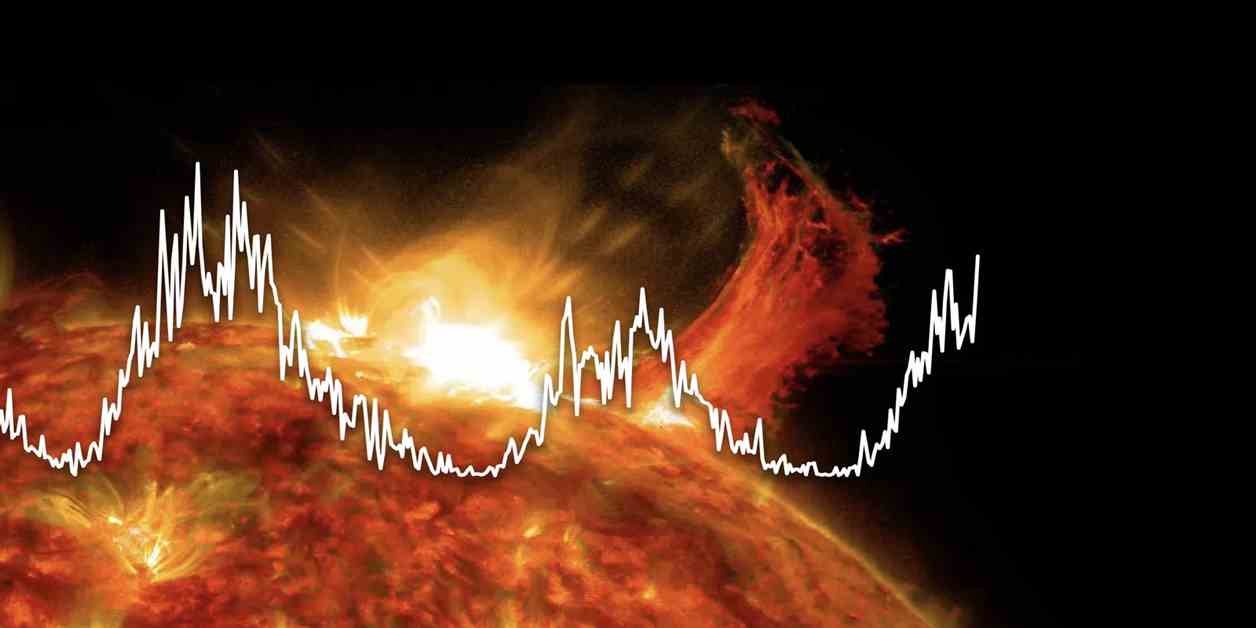The sun has been very active lately, with a lot of attention on sunspots, solar flares, coronal mass ejections, and the northern lights. This is all part of the sun’s 11-year cycle, which goes from “solar maximums” to “solar minimums.” Currently, we are heading towards the solar maximum, which means increased solar activity.
During an active phase, the sun produces more sunspots, flares, and coronal mass ejections. These phenomena can lead to geomagnetic storms on Earth, resulting in beautiful auroras like the northern lights. May 2024 has been particularly active, with NASA’s Solar Dynamics Observatory capturing the sun’s strongest solar flare on May 27th.
NASA explains that the sun’s magnetic field completely flips every 11 years. This means that the sun’s north and south poles switch places, a process that takes about 11 years to complete. Scientists predict that the sun’s Northern Hemisphere will undergo a polarity reversal between June and November 2024, with August as the median time. This reversal is expected to bring more magnetic energy to Earth’s atmosphere, leading to enhanced auroras.
In the sun’s Southern Hemisphere, a polarity reversal is forecasted between November 2024 and August 2025, with January 2025 as the midpoint. This information comes from a study conducted by Cornell University. Overall, the sun’s cycle of activity and polarity reversals play a significant role in the creation of the stunning northern lights that skywatchers enjoy.
So, keep an eye on the sky for more dazzling displays of the aurora borealis in the coming months as the sun continues its cycle of transformation.
















